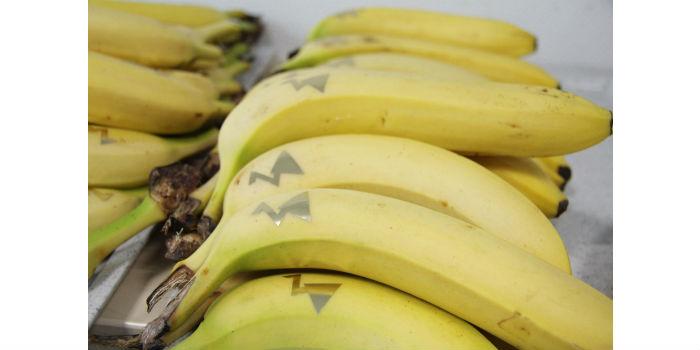 Operational effectiveness and energy efficiency: fruit at its point!
Operational effectiveness and energy efficiency: fruit at its point!
by Paz García*
Ripening is essential when it comes to marketing climacteric fruits ... although what is behind good practices in professional ripening processes? How can we guarantee quality products? Is there a key factor in achieving homogeneous batches of fruit at its ripening point?
Non-climacteric fruits only ripen completely on the plant, while climacteric fruits such as banana, avocado, kiwi, papaya, pear... continue this process once harvested, which provides good opportunities and advantages at a commercial level. We now have greater access to "exotic" or non-locally produced fruits thanks to the development of means of transport, the cold chain and modern ripening facilities. Of course, one would expect this democratization of consumption to bring with it a quality product; homogeneous ventilation is the real key to success.
While other determining factors such as temperature, humidity, carbon dioxide concentration or even ethylene are more or less exceeded today, air circulation is too often a pending issue in professional chambers ... from the point of view of the final product and also in terms of efficiency. Hot areas, turbulence sinks, insufficient or excessive ventilation and ultimately lack of uniformity in air distribution imply excessive energy consumption and high maintenance costs.
The real dilemma arises between reversible ventilation for the sake of a more homogeneous maturation or single-direction air fans, more energy efficient but often at the expense of the quality of the final product.
Beyond the propellers, it is important to consider the rest of the elements in a fan: bulky motors and supports that hinder the flow of air and can represent an inconvenience for the structure of the chambers and for conservation operations due to their weight; shells without mouths that penalize the aerodynamics of the set... there is still ample room for improvement.
Only by optimizing these components is it feasible to achieve energy savings of more than 30% in most of the fans dedicated to maturation in the world, much more if we incorporate into the formula the binomial structure of the camera + equipment and precise supervision; train the rooms, make them autonomous beyond just controlling them.
Professional maturation management must harmonize climatic parameters, sensors, ventilation systems and air velocity, all operating together and in harmony; wireless technology already offers the possibility of combining and managing field information to make real-time decisions today and learn for tomorrow.
Smart motors and fans, wireless sensors, network interconnection, internet of things, the cloud, predictive analytics, machine learning, artificial intelligence... the future is already knocking on the door!
The main unknown of the ripened today is what happened to the fruit before reaching the chamber ... but what if we knew? Rather, when will we know? Luck will no longer be part of the equation. Only cameras capable of integrating data along the entire supply chain, analyzing it properly, predicting competently in a market context, making coordinated, accurate decisions and also learning for the future will succeed.
Thus, the current business model will evolve radically towards much more efficient operations (automation, remote monitoring, self-regulation), better productivity and job satisfaction, optimization of decision making, elimination of routine tasks, qualification and improved customer experience (transparency and accessibility of data and communication, integration of the digital and the analog for a personalized service) ... in short, do the job well and get the fruit at its perfect point of ripeness.
Will we be prepared for this scenario?
Fruit ripening consumes tens of billions of kWh annually worldwide, most of them "only" to move air and not always achieving the desired results. Energy efficiency and process effectiveness integrating the IoT technology already available to eradicate environmental stratification and minimize operating costs, that is the challenge of the maturation of the future.
* Paz García | Branch Food Manager, Ziehl-Abegg Se














